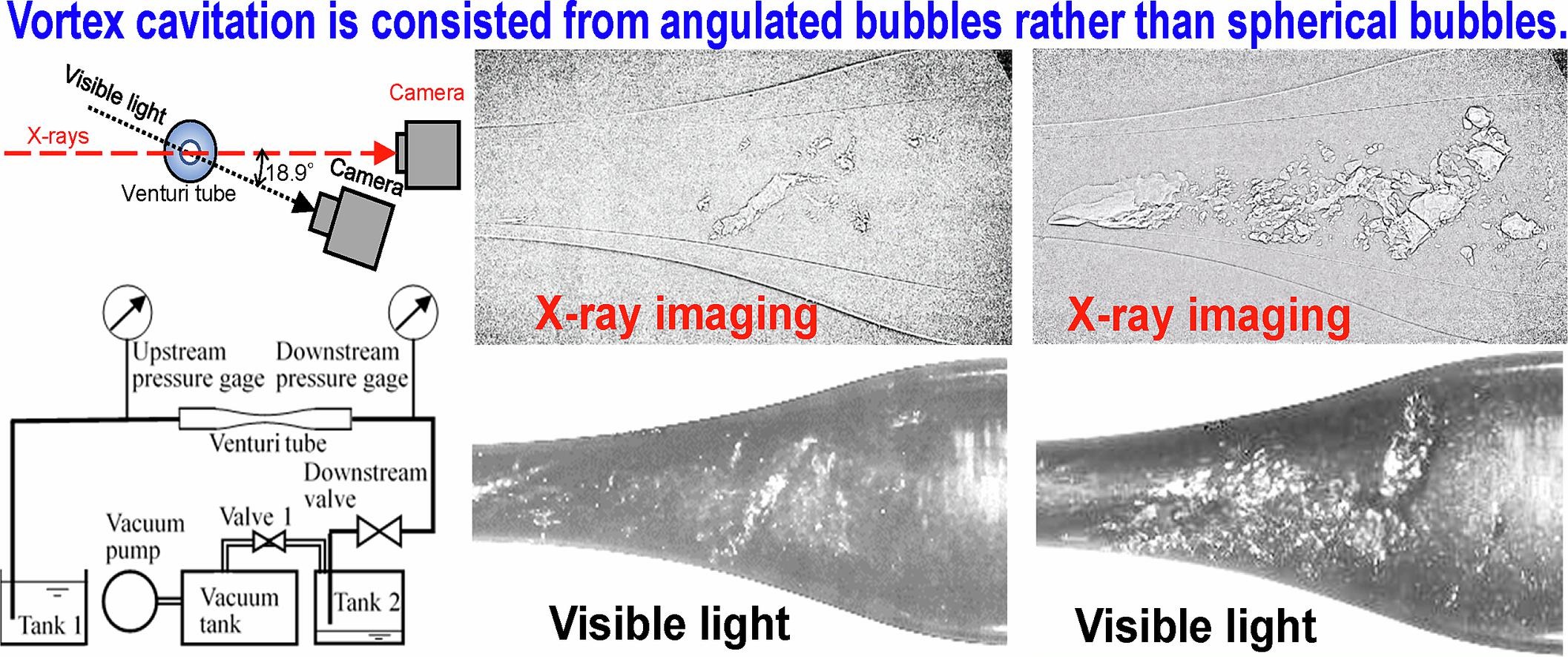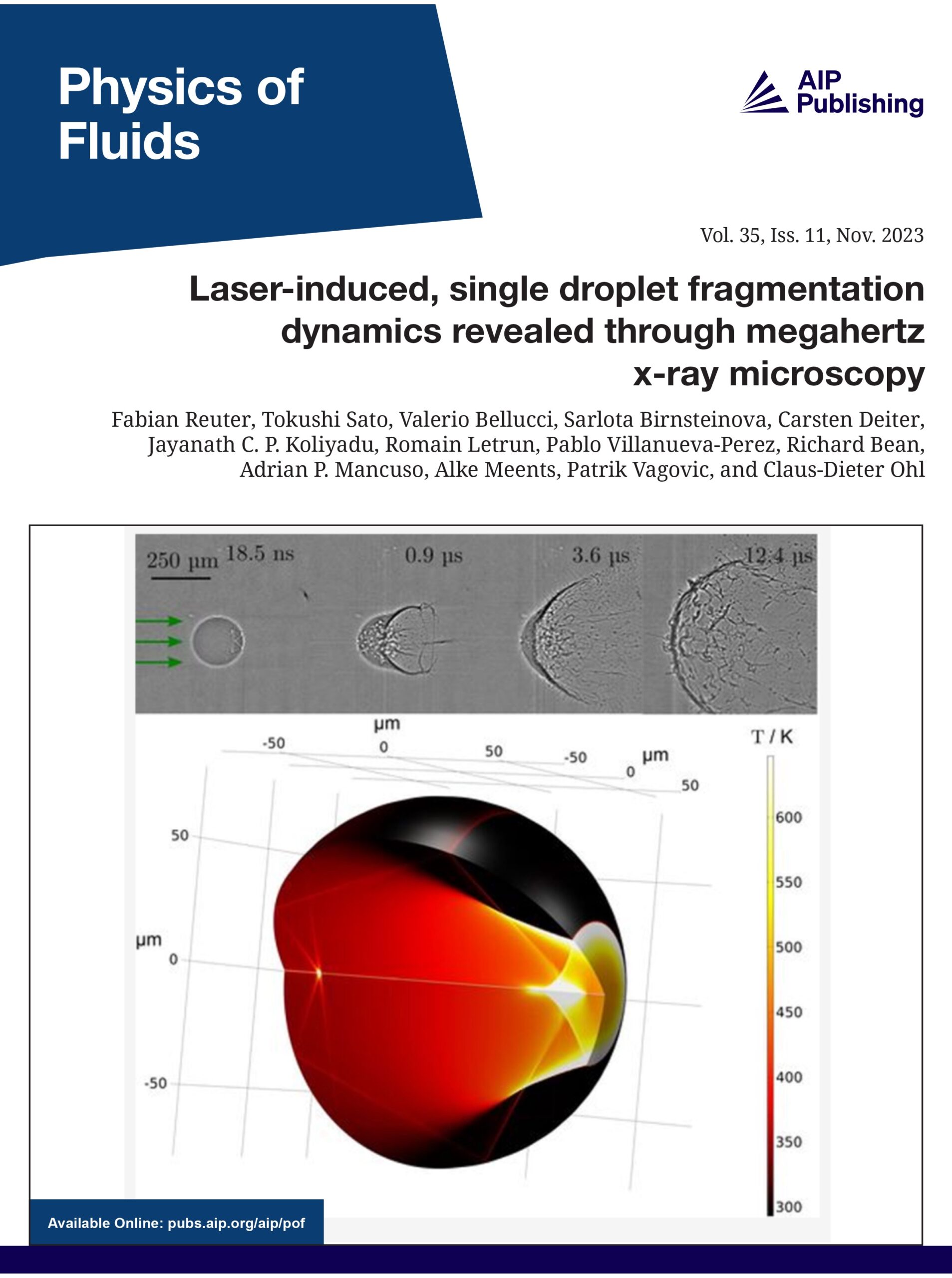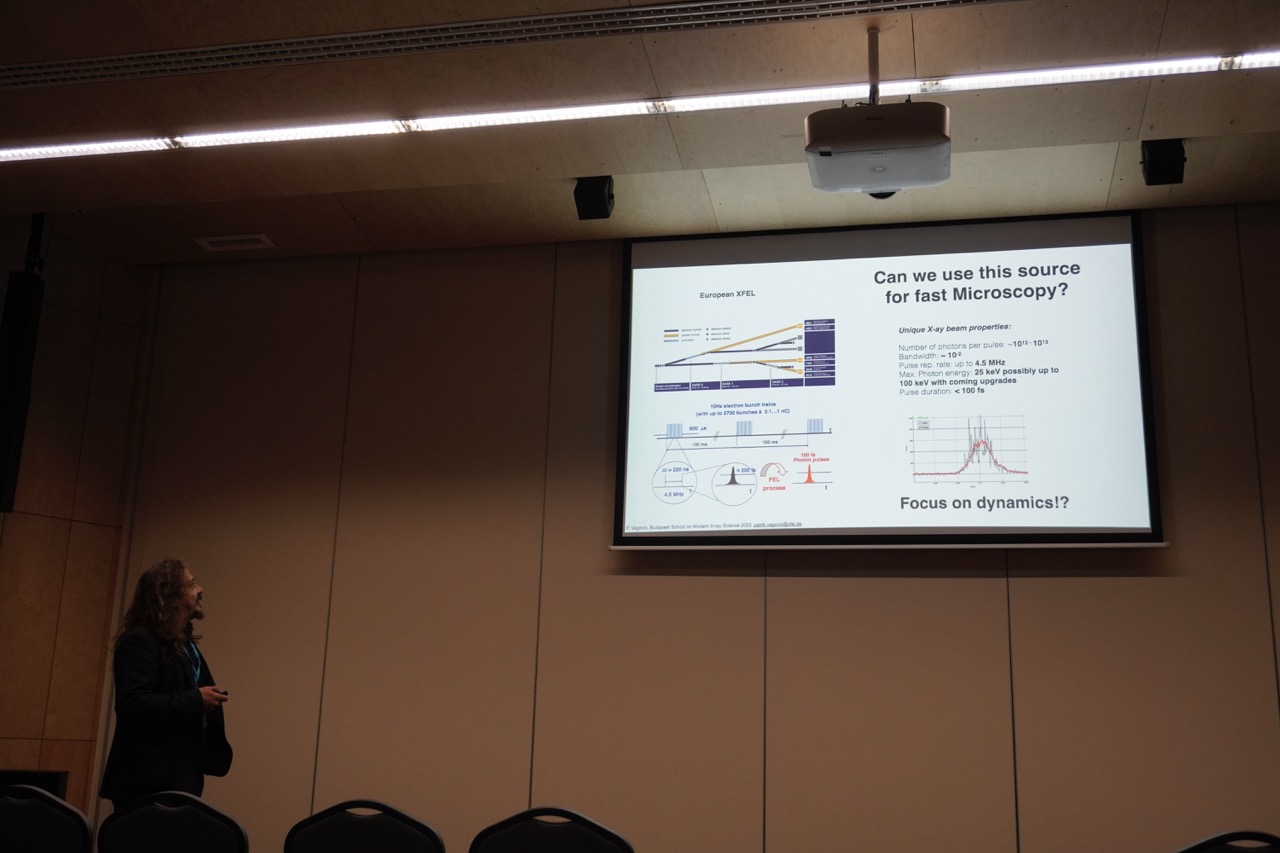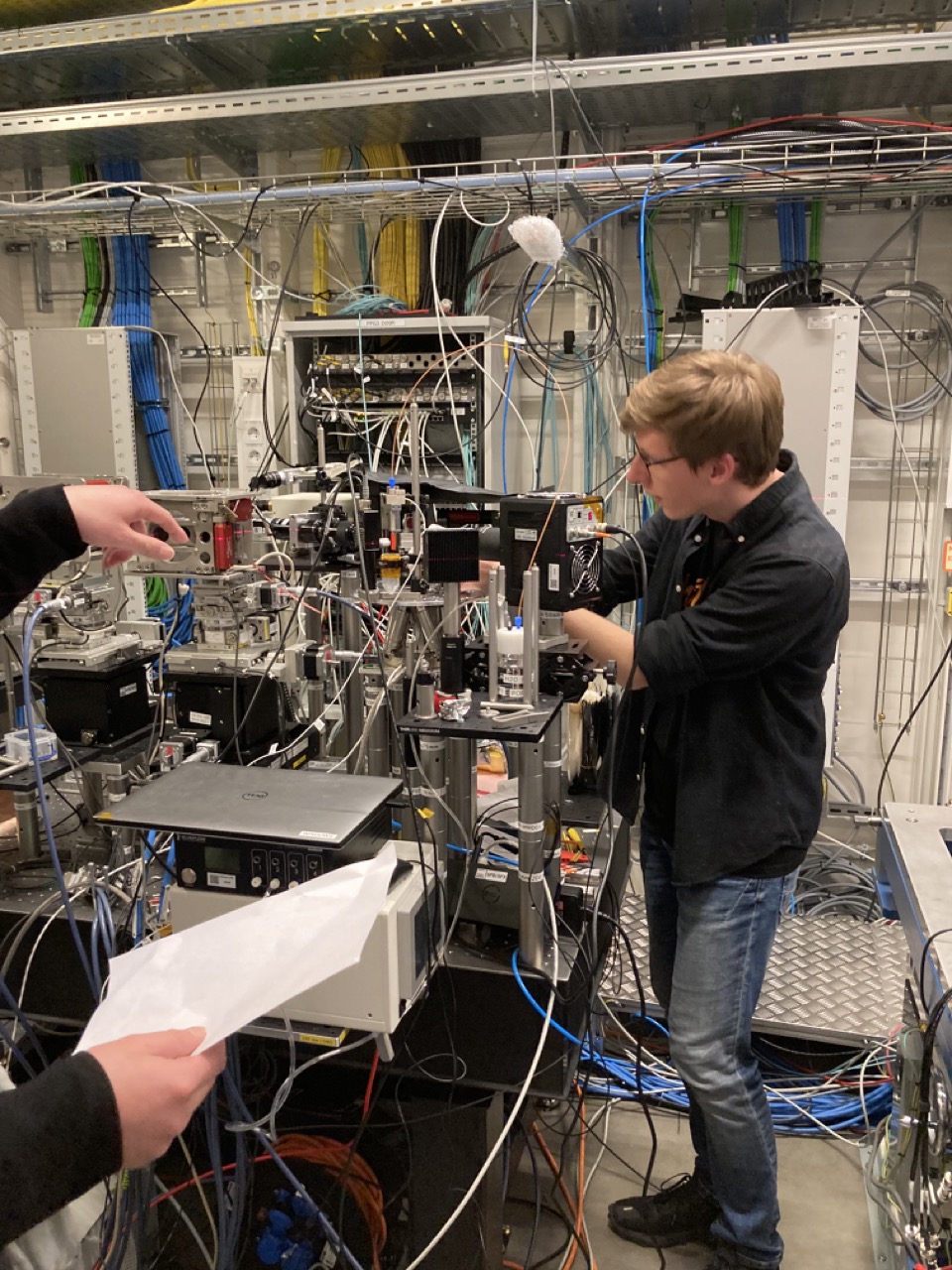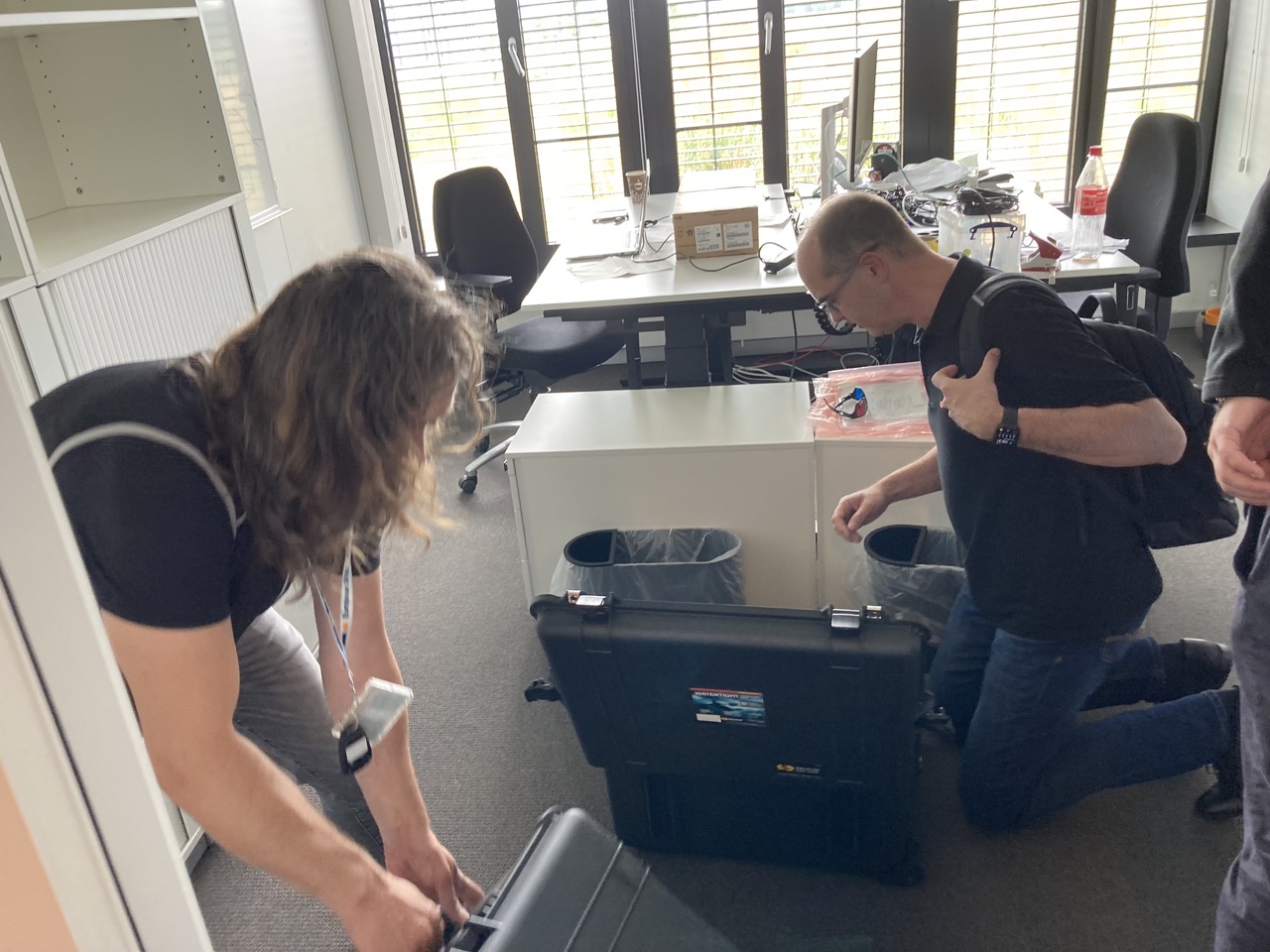Our latest articles
-
FATRA Application
FATRA (FAst Train Review Application) is a new software application developed and presented by Peter Szeles at the University of Pavol Jozef Šafárik in Košice, Slovakia. FATRA addresses the need for efficient real-time capture and analysis of streaming data, specifically focusing on high-speed scientific camera applications. FATRA leverages the capabilities of the StreamViewReplay program, a…
-
Revealing the origins of vortex cavitation in a Venturi tube by high speed X-ray imaging
Hydrodynamic cavitation is useful in many processing applications, for example, in chemical reactors, water treatment and biochemical engineering. An important type of hydrodynamic cavitation that occurs in a Venturi tube is vortex cavitation known to cause luminescence whose intensity is closely related to the size and number of cavitation events. However, the mechanistic origins of…
-
MHz Tomoscopy Featured on Physics of Fluids Journal Cover Page
The fragmentation dynamics of single water droplets from laser irradiation is studied with megahertz frame rate x-ray microscopy. Owed to the nearly refraction-free and penetrating imaging technique, we could look into the interior of the droplet and reveal that two mechanisms are responsible for the initial explosive fragmentation of the droplet. First, reflection and diffraction…
-
MHz – Tomoscopy at Budapest X-ray school
MHz Tomoscopy presented by Patrik Vagovic at Budapest X-ray school, 3-6.10.2023
-
Students from University at EuXFEL
Students from University of Pavol Jozef Safarik participating at experiment at EuXFEL.
-
Shimadzu cameras arrived
Last Thursday, Patrik Vagovic, along with technicians from Shimadzu Germany, conducted the unpacking and initial functionality tests of two Shimadzu cameras. These cameras were intended to be integrated into an experimental setup for MHz tomoscopy. The team successfully connected the cameras to the computer and proceeded to install the necessary software.

This project has received funding from the European Union’s Horizon Europe research and innovation programme under grant agreement No. 101046448
© 2023 MHz – Tomoscopy. All Rights Reserved.


